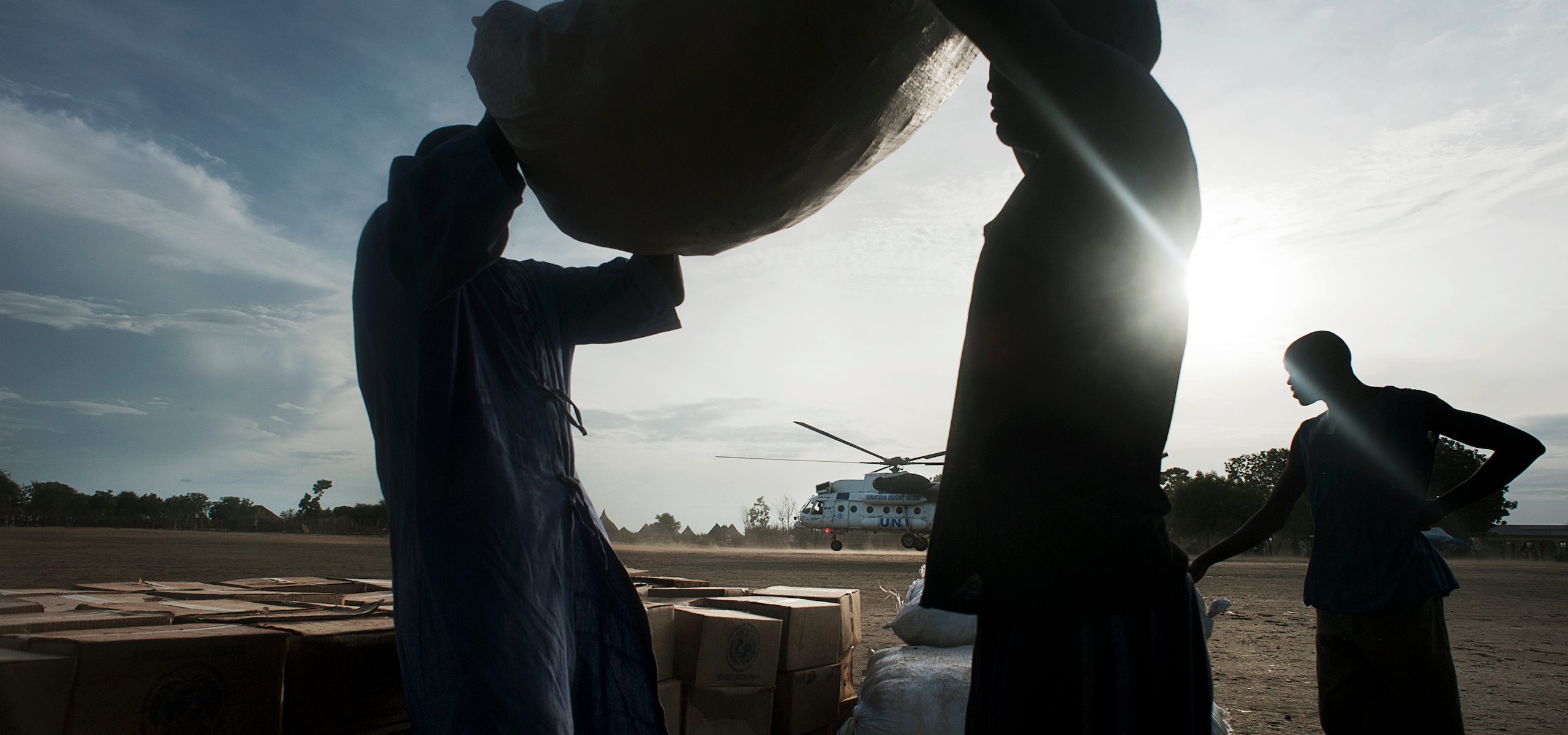Response and Recovery Planning
Improving humanitarian response and recovery planning through environmental mainstreaming

Improving humanitarian response and recovery planning through environmental mainstreaming
A pivotal moment for environmental mainstreaming in humanitarian action is the integration of environmental concerns in the overall humanitarian response plans, and in organizations’ programmes or project plans. Making environmental considerations part of the strategic objectives, indicators and activities devised under the national response plan, the Humanitarian Response Plan (HRP), or any equivalent response plan, ensures that environmental issues can be addressed as part of the overall response, and improves programme quality and accountability to disaster-affected people. In the case of the HRP, the country strategy and cluster/sector response plans offer various entry points to include environmental considerations. The integration of environmental considerations should be based on previous environmental assessments that have identified the key impacts and risks caused by natural and/or technological hazards.
Environmental issues such as the accumulation of disaster waste and natural resource depletion affect the way humanitarian assistance is delivered, and must be addressed in response plans. Consulting environmental actors on humanitarian actions is pivotal in ensuring that the environmental risks are identified and adequately mitigated in the response. Importantly, these actors can advocate for action from outside the constraints of the humanitarian response system, as was the case in Sri Lanka and Pakistan.
The following two Response Plans are exemplary for the inclusion of environmental concerns and the formulation of objectives that include the mitigation of damages to the environment:
A situation analysis following a crisis typically looks at key crisis drivers, affected areas, the number and type of affected people, the ways in which people are affected, the most urgent needs and available capacities.
Assessing the environmental consequences of an emergency and prioritizing the response actions based on the needs, forms the foundation of a coherent, efficient and sustainable humanitarian response.
Environmental mainstreaming is dependent on successful resource mobilization, where environmental concerns must be integrated in funding proposals in order to secure funding.
Successful integration of environment into the implementation of humanitarian response requires that environment be included into preparedness and planning phases, but also effective coordination with national actors.
Response monitoring is about creating evidence for humanitarian actors about what actions should be taken to address shortcomings and fill gaps in in the response, with the aim of improving accountability towards affected populations, local government, donors and the general public.




